Ep. 21: Saint Young Men vol. 1 by Hikaru Nakamura
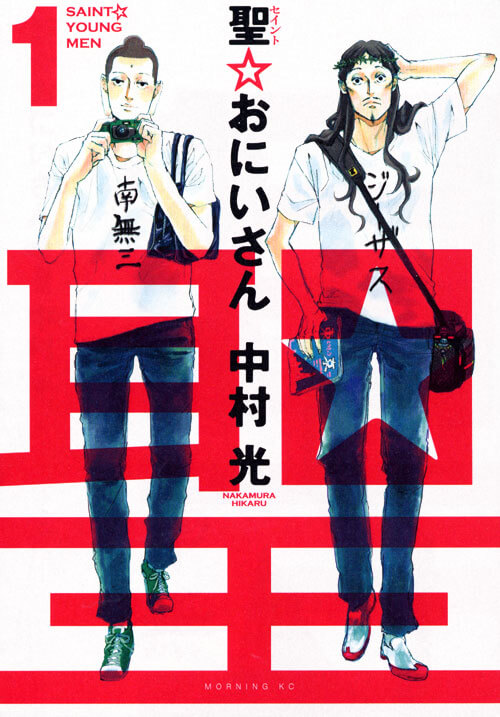
This week the Mangasplaining gang tackle the slightly wacky world of… Modern Day Tokyo?! It’s Hikaru Nakamura’s Saint Young Men, which features The Buddha and Jesus as roommates in a cramped Tokyo apartment. Does it deliver on the hilarious high-concept? Only one way to find out! Please note that this episode does deal with religion, which can be a sensitive subject for some folks. Please read below for a little more background.
Powered by RedCircle
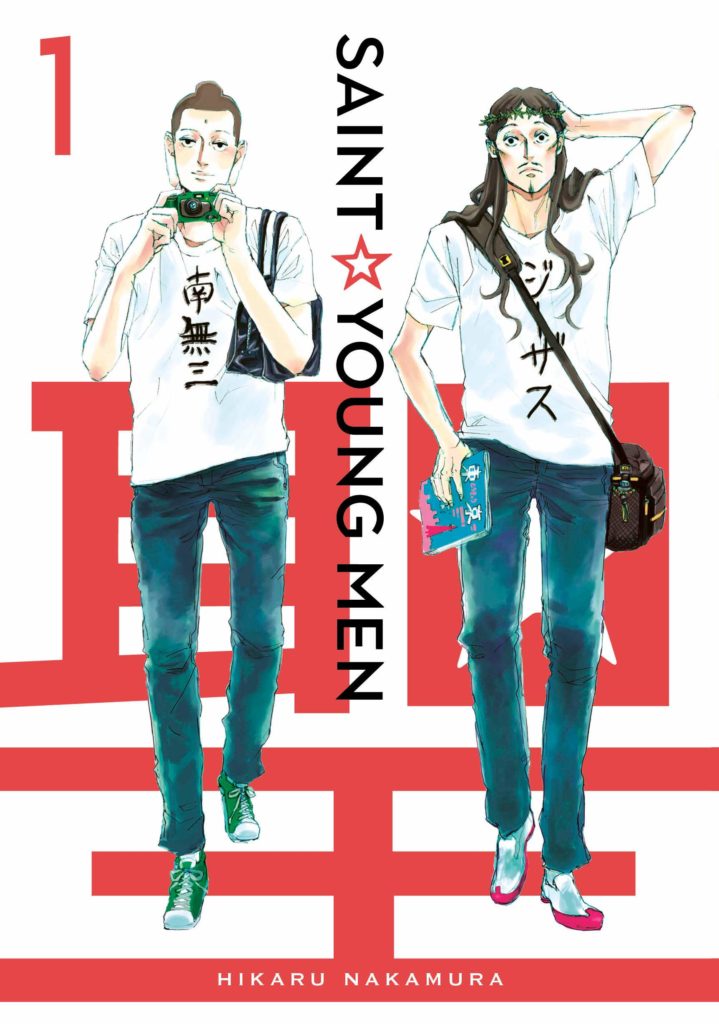
Saint Young Men volume 1 (2-in-1 omnibus)
By Hikaru Nakamura
Translated by Alethea & Athena Nibley
Lettered by Lys Blakeslee
Edited by Jacob Friedman, Nathaniel Gallant, & Ajani Oloye
Published by Kodansha Comics (Print & Digital)
CW: Residential School Trauma
00:00 Before we get started: This episode of Mangasplaining deals with religion, specifically Buddhism and Christianity. It starts light, gets a little heavier as it goes, and then gets pretty heavy after the break. We try to remain respectful, and discuss this irreverent gag manga in its context, and it’s possible to listen to the podcast that way if you want. That said, we recorded this episode on May 26th, 2021, just after the first unmarked graves were discovered at the site of a former Canadian Residential School in British Columbia. It’s a terrible tragedy that ties directly to both the Government of Canada and to the Catholic Church, and it has deeply affected Canada’s First Nations for generations. Many people across the country are grieving, in both sadness and in anger.
While we do our best here to both engage this book on its merits, talk about its subject matter in good faith, and also acknowledge the real harm that’s been done by organized religion too, the fact of the matter is that this may not be the episode of the podcast you want to listen to right now.
There are numerous excellent organizations that are offering support to those in need, including the Indian Residential Schools Survivor Society. We’ll be making a donation to this organization this episode and if you have the means maybe you want to do the same: https://www.irsss.ca/donate
I also recommend and have been donating to the Downie & Wenjack Fund, which hopes to improve the lives of indigenous people by building awareness, education, and connections between all Canadians: https://downiewenjack.ca/
For more information on Canada’s Residential Schools, please visit: https://legacyofhope.ca/
This is a heavy way to start a podcast about Japanese comic books, we get it, and we realize that all kinds of people maybe look to media like this as an escape from the real horrors that we’re experiencing right now. We just couldn’t let this go unacknowledged, and we appreciate your continuing support.

00:47 Tick Tock, Mr. Wick.
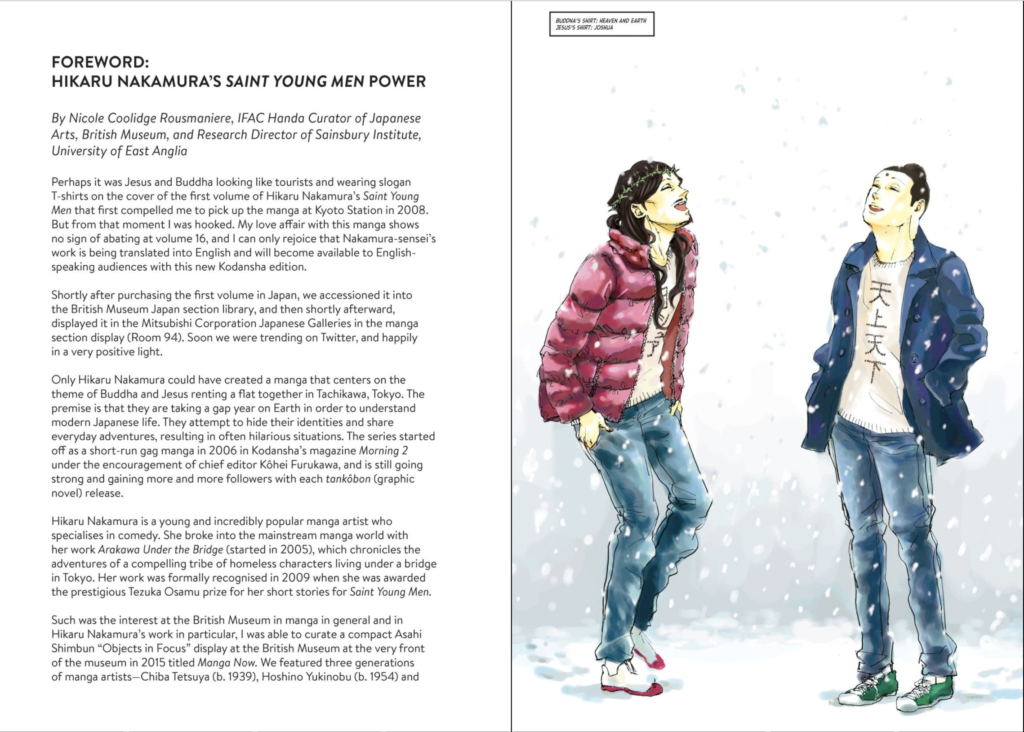
01:08 This isn’t supposition on David’s part, the foreword to Saint Young Men by British Museum curator Nicole Collidge Rousmaniere explains that Nakamura-sensei was anxious about what the American reaction would be to the book, and basically kept it from being licensed/translated. The series was originally released in 2008, and the print edition wasn’t released in English until 2019. It explains a lot about the book’s print presentation (IMHO), including that foreword, the extensive show notes, the hardcover, and the overall air of “we’re taking this gag manga seriously” that kinda/sorta permeates the work.
Interestingly, the anime movie, animated short, and live action series adapting the manga, have all remained unreleased in English.
02:12 As David mentions, there’s a great gag with Judas appearing on Jesus’ social network that, conceptually, is already fantastic, but when you realize that the Fist of the North Star drawing is of the character ユダ, translated as Yuda, but localized/romanized as Juda, that the joke really gets delivered. Of course this is also referenced in the translation notes at the end of the chapter, but I wanted an excuse to include this panel.
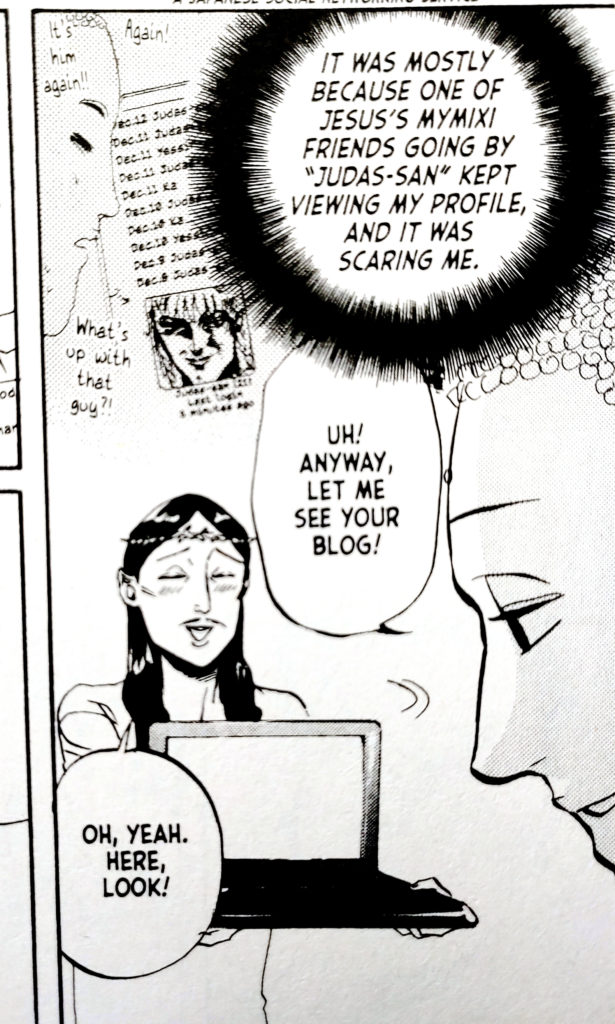
Fist of the North Star is basically the biggest manga of the ’80s, a post-apocalyptic manga about Ken, a wanderer in the wasteland hoping to bring justice to a cruel world. It basically defined Shonen Jump through the ’80s, aesthetically and maturity-wise, until Akira Toriyama’s Dragon Ball changed the game forever. VIZ Just re-released FotNS in hardcover, and you can find out more about that here. You can also find a bit more about the character Yuda here: https://hokuto.fandom.com/wiki/Yuda.
On that note, I think this book goes above and beyond in explaining the references and jokes, so for this edition of the show notes, I’m going to avoid doubling-up on anything that’s actually explained in the book. I don’t want to take away from the hard work of the translation team, and if you’re curious the first digital volume of the series is hella cheap. So this might be a short edition of the show notes? I guess we’ll see!
3:58 [Deb]: A small correction here! Nakamura said she based the personalities of Jesus and Buddha on her sister and her brother-in-law, who are kind of opposites, but have fun and interesting interactions with each other. There’s an interview in French where she explains this.
5:00 [Deb]: Arakawa Under The Bridge is published by Vertical / Kodansha, and is available in 8 volumes in print. Although David mentions reading it on Crunchyroll’s manga service, it’s not currently available on there now.
06:14 I hope not!
11:30 It’s fascinating that the print edition and digital edition, and the different digital editions, place the translation notes in different places!
14:08 Good point from Chip. This series is unique in that the translation notes explain not only Japanese culture to Westerners, which is a big part of translation notes usually, but also Christian and Buddhist religious instruction for a Western audience as well.
15:45 Yeah, it’s wild that the introduction to volume 1 in digital heavily references a specific story that isn’t in volume 1 of the digital. It is in volume 1 of the print though, because the print includes both volumes.
I think people should read the book in whatever way is most comfortable for them, but I think this is a clear, clear case of the print edition being much better. It’s not just this one thing, but as we start talking about in a few minutes, seeing how the series grows significantly in the second volume makes the series feel really different, in a good way.
Actually that said, the ONLY downside to the print edition for me? It keeps referencing page numbers in the translation notes, but there are literally no page numbers anywhere in the book. I guess that’s why they added the translation notes after every chapter? But yeah, no page numbers, except it references page numbers. Frustrating choice.
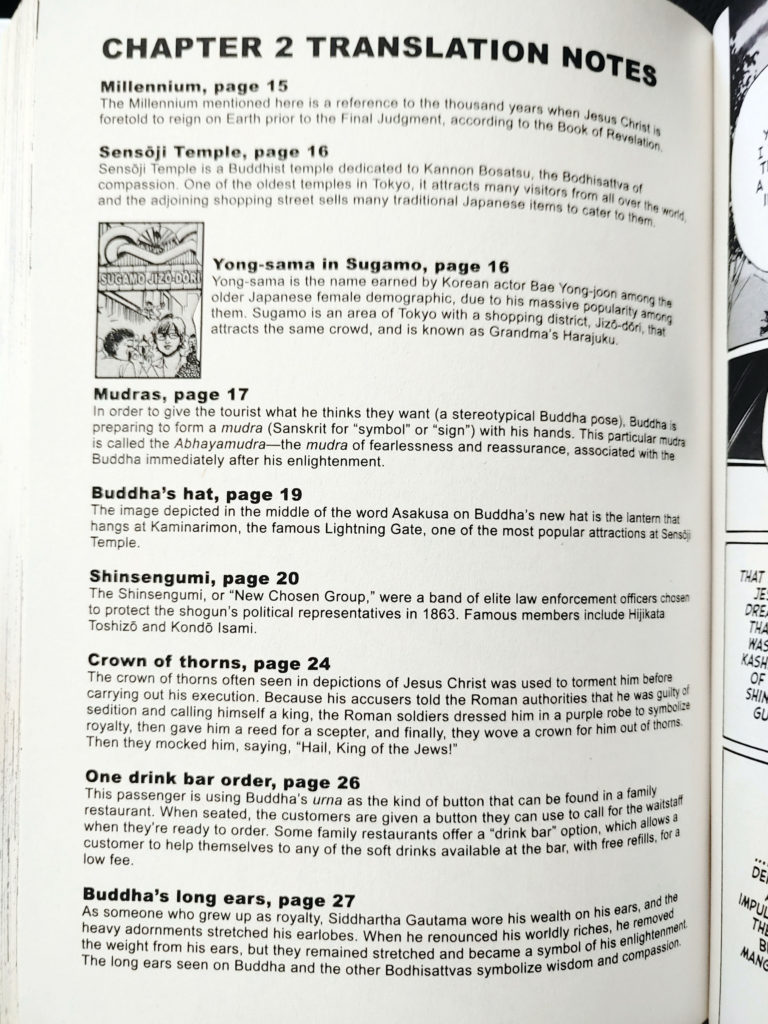
19:45 Here we’re talking about Osamu Tezuka’s Buddha, a 14 volume (8 in English) adaptation of the life of the Buddha by Japan’s own God of Manga. Tezuka’s Buddha is a really good manga, and it was a massive success on its release in English, much more so than previous Tezuka releases. Anyway, the specific reference here is about a parable from the manga, about an animal sacrificing itself, that opens and closes the first English volume. It’s an important bit of the story, and anyone who’d read Buddha (most Japanese manga readers…?) would immediately get it.
17:50 Buddha polluting Jesus’ mind with impure thoughts to tone down his holiness is like, next-level big brain jokes.
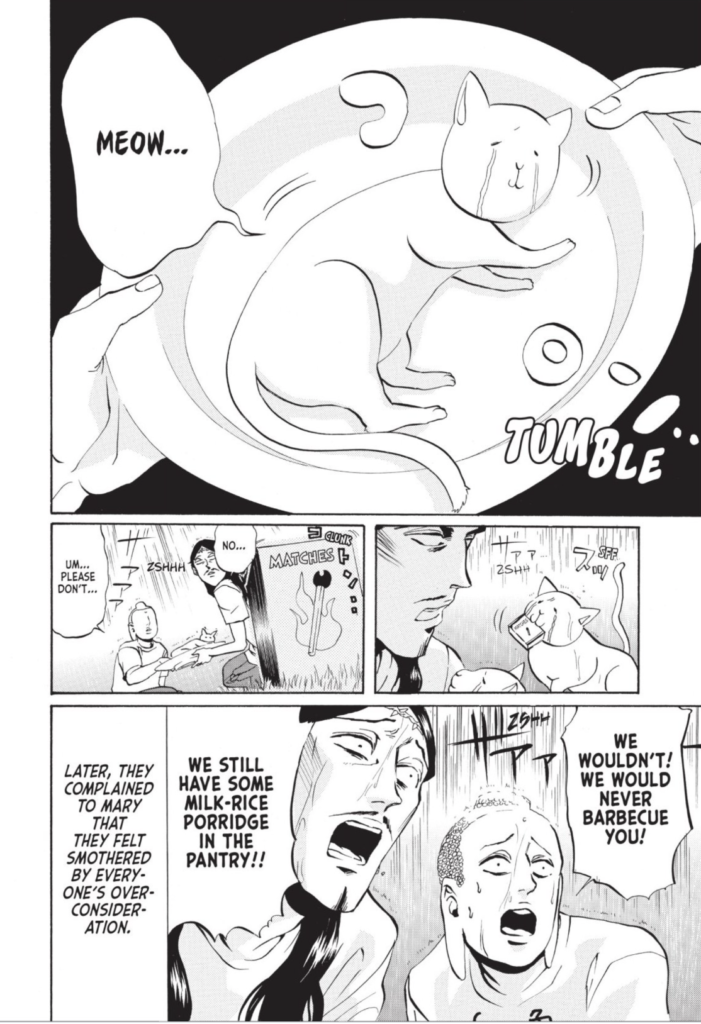
I was probably a little too harsh, but for whatever reason the cat bit reference above just didn’t “land” as a gag in volume 1, and I was unsure if it was a translation problem or a creator problem. But I will say again, when the joke recurs in the second volume, both times, it absolutely kills and has perfect delivery. Apologies for being a bit harsh, I really do know how tough translating humour is.
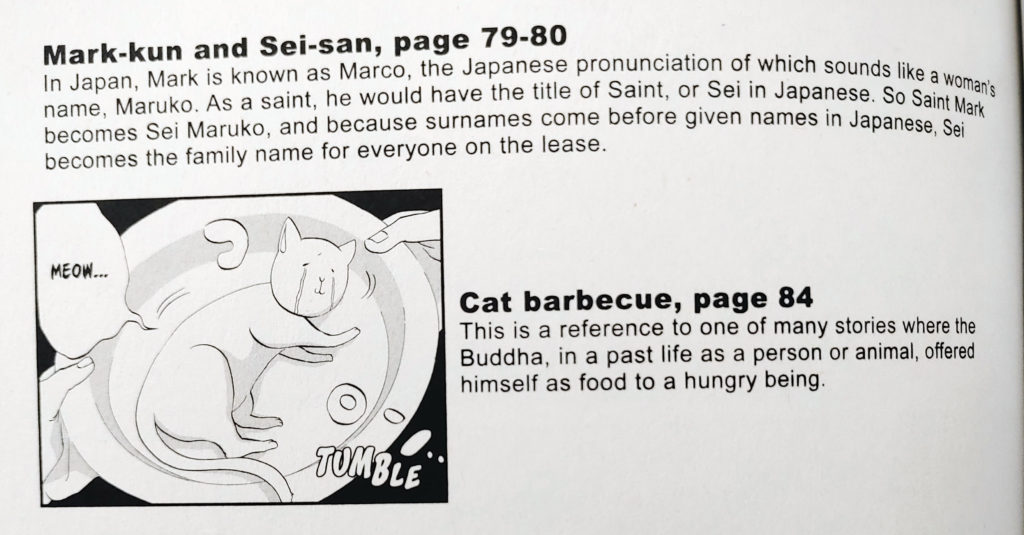
20:55 Officially, Saint Young Men is at 19 volumes in Japan. As of writing, there are 12 digital volumes of the series, and 6 of the 2-in-1 hardcovers in English from Kodansha. So, lots to go! https://kodansha.us/?s=saint+young+men
22:15 As mentioned, the new Shroud of Turin-style garment is hilarious, and becomes an ongoing character later in the series.
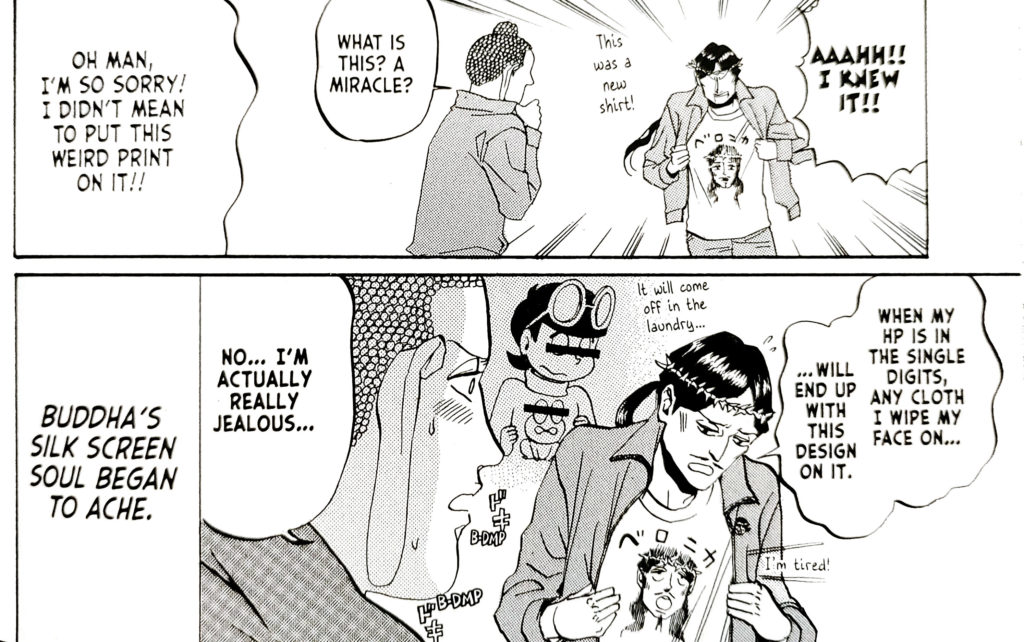
24:00 So Deb and I both liked the Akihabara chapter, but my favourite joke was actually the magical transformation bit. Basically, Jesus grabs a Sailor Moon-style toy wand at a shop in Akiba, it has a sound chip, and he’s playing around with it and it says the magic transformation phrase and it actually transforms Jesus into his floaty/robes version.
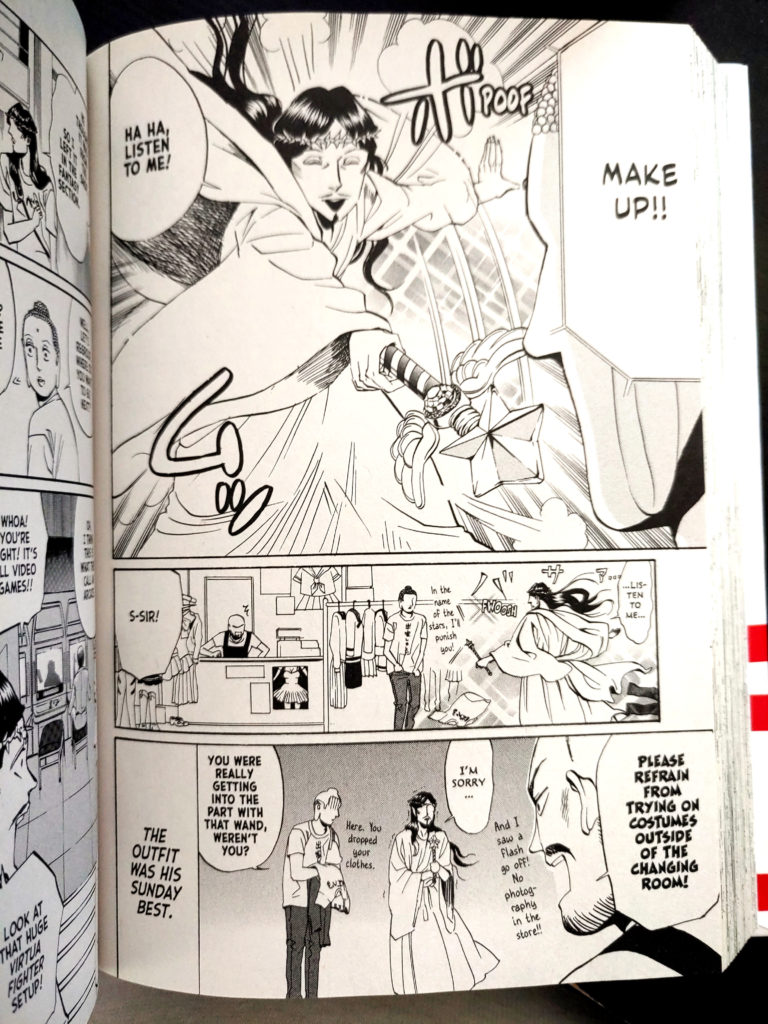
25:15 So proud David worked “sacrilicious” in there.
28:20 David references British comics creators Keiron Gillen and Jamie McKelvie, creators of the Image Comics’ series The Wicked and the Divine, among other projects. They’re known for doing long-running gags on twitter as they chat with one another.
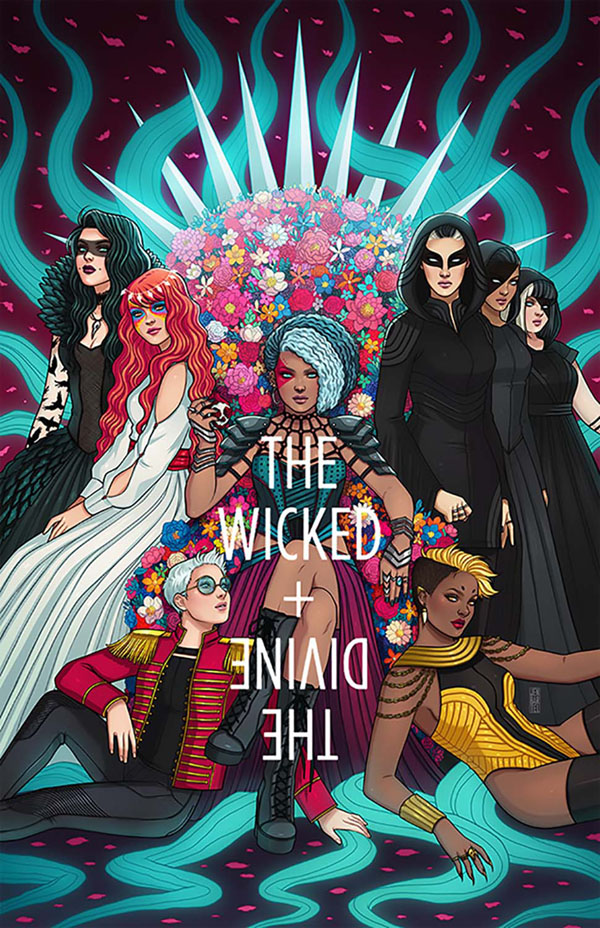
29:05 This is just a funny image. 🙂
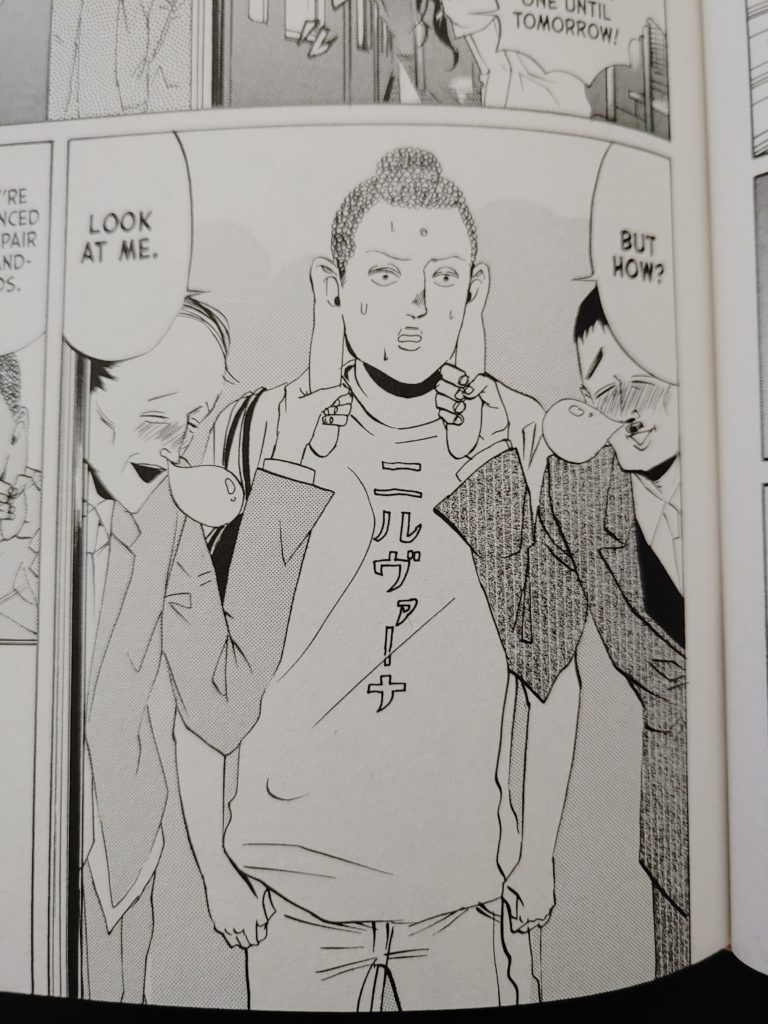
29:25 The single panel jokes at the end of chapters ARE really good. The one David references is almost my favourite, below:
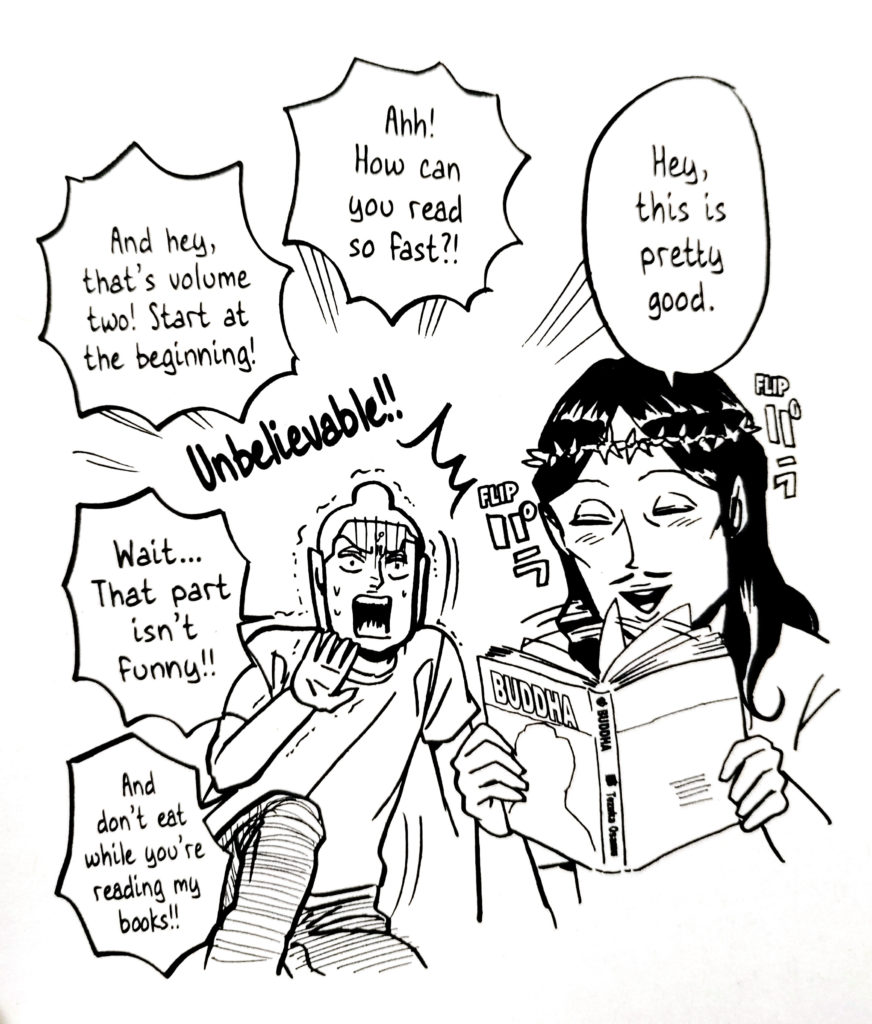
30:54 The posters that Chip references, that are basically a take on political posters in Japan, and they’re great.
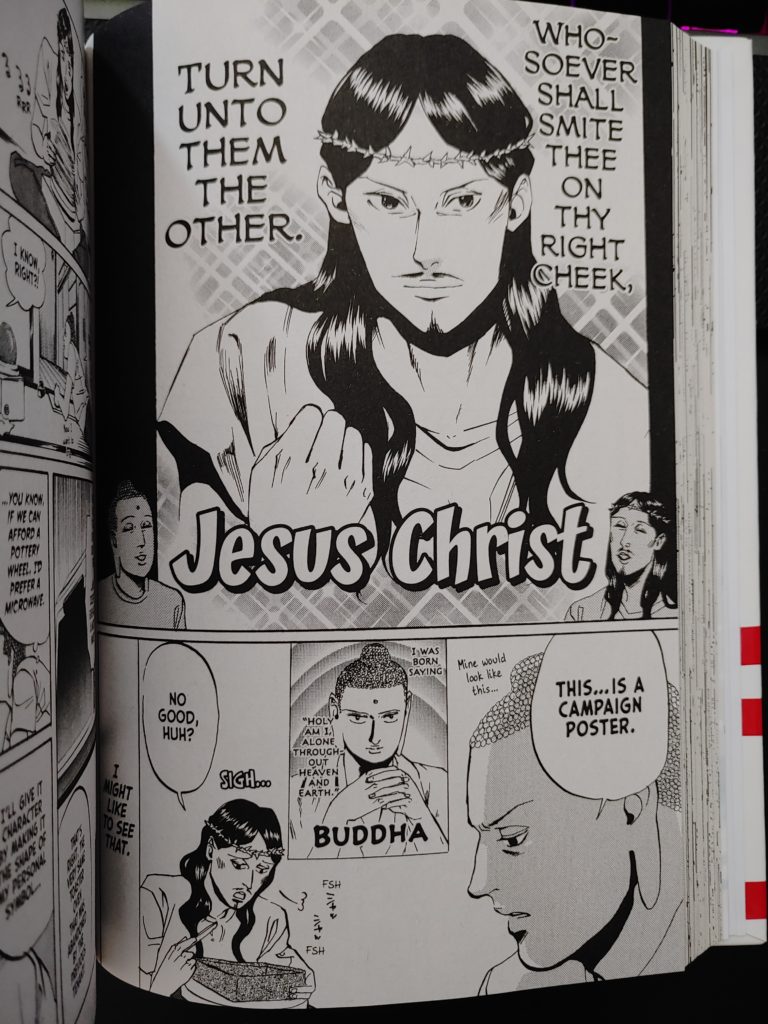
[Deb:] Just so you have some idea of what election posters look like in Japan, here’s what they normally look like:
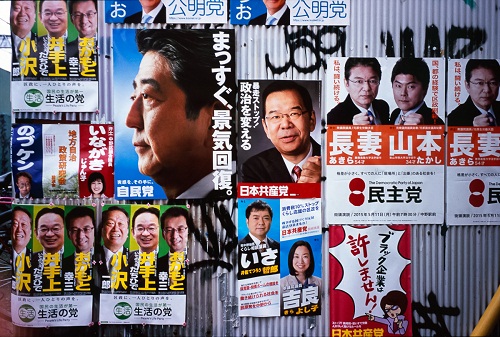
33:00 There was an anime movie in 2013! There was a real cultural moment within fandom for this series, that was ultimately not capitalized upon for the reasons discussed. The Wikipedia mentions that Ed Chavez of Vertical Inc. tried to license the book back in 2010 and was gently rebuffed, and it was very popular in illegal translations (“scanlations”), and it only got more popular in the lead-up to the anime release in 2013.
As mentioned, no Western release of the anime.
34:30 Here’s a comparison between the English and Japanese covers, so you can see what I was talking about.
I wonder if I made the point well, that I was trying to make? That a $25 hardcover will be received very differently by the English audience, than the $6 softcover manga will be received by the Japanese audience? I think so. Because, frankly, the Japanese format fits the content better. But yeah, the digital edition is maybe closer to the Japanese edition.
38:00 What David mentions, that there are different editions released, but only for like the most popular manga. A good example is the new one-and-a-half volumes, hardcover re-release of Fullmetal Alchemist, by Hiromu Arakawa.
If you’re a long-time comic book fan, words like bunkoban, kanzenban, wide-ban, etc., are just different kinds of formats for manga tankobon. Tankobon is the basic trade paperback, and then there are all kinds of special variations. If you want to check out the Wikipedia for tankobon, it explains some of the different formats.
39:50 Sorry Deb’s mic keeps cutting out here…!
40:30 We keep mentioning Lucifer. We’re specifically speaking about the television series, which is based on the Lucifer comic book written by Mike Carey, with art by Peter Gross, Ryan Kelly, Dean Ormston, Scott Hampton, Chris Weston, and James Hodgkins, and many more folks, published by DC Comics/Vertigo. The character (this version, anyway) was created by Neil Gaiman, Sam Kieth, and Mike Dringenberg for the series Sandman. There are just hundreds of comics featuring the character, and maybe a couple dozen trade paperbacks.
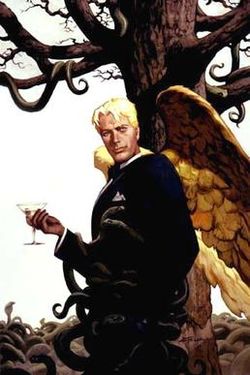
42:40 David mentions Nobunagun, which is about famous Japanese historical leader Oda Nobunaga being deliberately reincarnated as a Japanese schoolgirl who is also a sci-fi megaweapon in order to fight off an alien attack.
Deb mentions Oda Cinnamon Nobunaga, where Nobunaga and all the other famous Japanese generals are reincarnated as dogs. It’s streaming on Crunchyroll, and the manga is available as a digital release from Coamix.
Deb then mentions Sengoku Basara, an anime which depicts famous historical figures as hot dudes, and famous historical battles with like, magic and crazy over-the-top sword battles and stuff.
While I referenced the anime here, there are manga of all of the above, some translated into English, some not…!
44:00 Yeah, Evangelion is wild. Too much to go into here. Check out the Wikipedia entry if you need to: https://en.wikipedia.org/wiki/Themes_of_Neon_Genesis_Evangelion
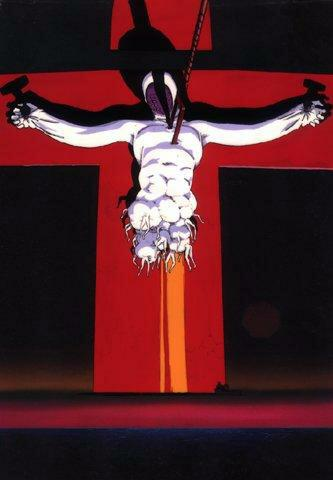
45:21 Ya Boy, Kongming!, by Yuto Yotsuba and Ryo Ogawa. A famous military general wants to be reborn in a more peaceful time, and ends up reborn into present-day Shibuya, Japan. Kind of a wacky series, but actually got a translation into English! You can get it from Kodansha. https://kodansha.us/volume/ya-boy-kongming-1/
46:00 David mentions Kamome Shirahama’s manga Eniale & Dewiela, about an angel and demon coming to earth because they both love fashion. This short three volume series is being released now from Yen Press. But actually, Deb meant the angel/demon pairing Good Omens, a novel by Terry Pratchett and Neil Gaiman, subsequently adapted into a TV series.
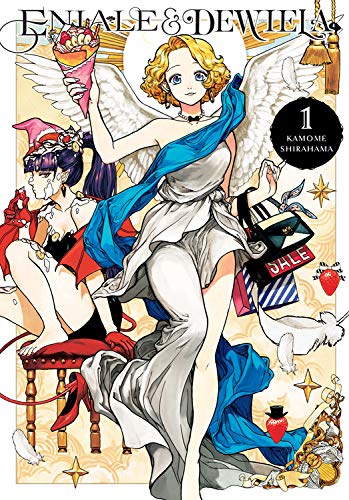
48:30 I think if season 1 of Mangasplaining has a theme, it’s that volume 1 of a manga isn’t always the best introduction to a manga, and that makes it kind of difficult to discuss just volume 1 of a manga. We’ll talk a little bit more about this in the season-ender, episode 26. Chip mentions how things might change in season 2 in a few minutes.
53:45 Huh, I forgot that this was in here. Chip… didn’t like… the Nozaki-kun anime. Or at least, didn’t like the first volume. We actually revisit this again in episode 24, when Chip watches episodes 2 and 3, and maybe changes his tune a little. Stay tuned, manga fans!
55:00 Well, I guess we know where Chip lands on subs vs. dubs.
55:30 I THINK this is the meme that David and Deb are talking about. It’s kinda wild.
1:05:10 THE BREAK!! We’ve kind of just not bothered with time stamps here. Hope that’s alright.
This week’s question comes from KC on the website:
“I have a question for Christopher. He talked about the Scholastic Book Club version of Yotsuba& and said it was Scholastic Book Club’s first ever manga ever and ‘one of the very first graphic novels from outside of—‘ but then he doesn’t finish that sentence. Were there other manga in the Scholastic Book Club? I vaaaaaguely recall seeing one or two, but it was so long ago that I could just be imagining it. It was very interesting to hear him talk about the edits they made.”
KC, from the website.
Scott Says: “I think the one of the first books was Yu-Gi-Oh and there was some significant backlash about it because it featured someone putting a cigarette out in a cat’s eye if I remember. I do think Yotsuba& did eventually make it onto book clubs but I don’t recall Chi’s Sweet Home. I think Shaman King was on book clubs at one point as well.”
So as I’m talking about Yu-Gi-Oh here, I went back to check and see if perhaps I was misremembering and… no. I’m not. This is from the first chapter of Yu-Gi-Oh:

Wild, eh? Can’t imagine why some random 8 year-old’s parents might have a problem with this… Anyway, no cat’s eye trauma, because no one needs to see that in the show notes.
Anyway, we talk a lot about censorship for the next few minutes, but Jason Thompson went over a lot of this years and years ago. I highly recommend checking out this article he wrote for Anime News Network.
There’s a video on YouTube that goes into some of the racially insensitive caricatures in Shaman King that David mentions, but I don’t want someone stumbling over that unless they actually wanna see it, so head over to youtube and type in “Shaman King censorship” if you want to know more.
As for manga, it remains on the Scholastic Book Clubs lists, with My Hero Academia by Kohei Horikoshi being the most recent success there.
As for Tokyo Revengers, the new manga series by Ken Wakui, I reaffirm my position that the manga-ka is trying their best to get modern-day pompadours on some of these street-toughs.
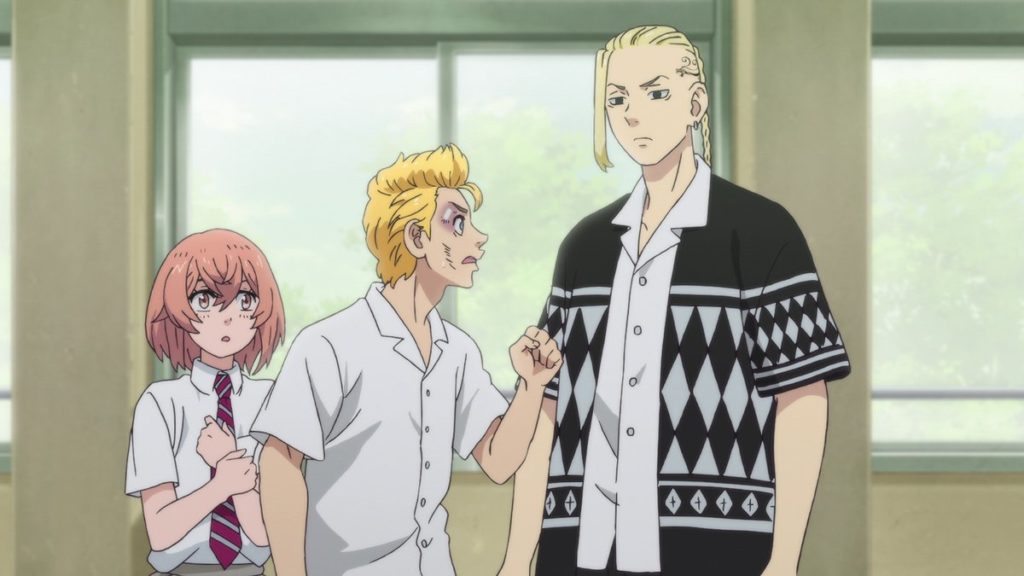
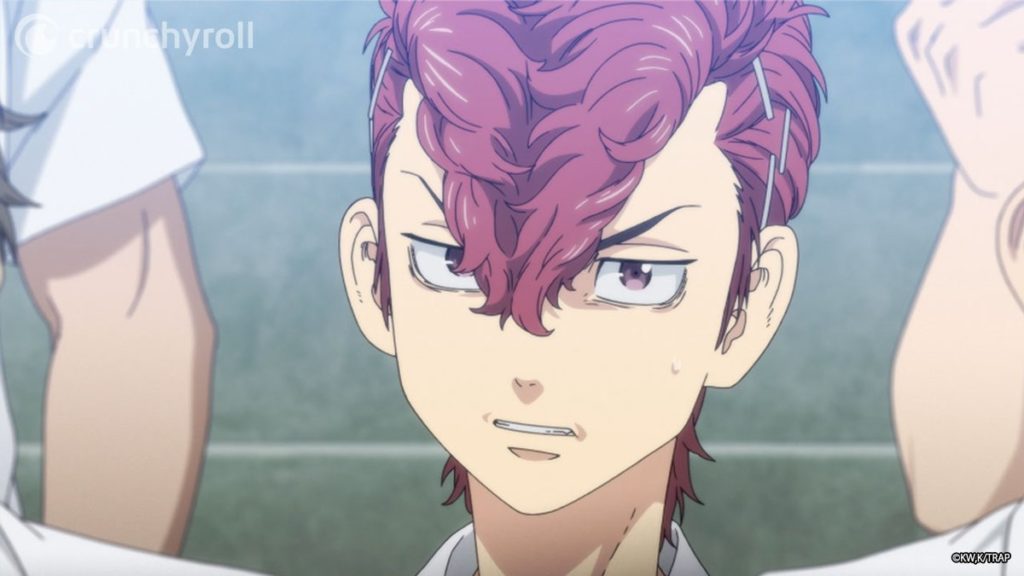
Deb reads the next question:
Is there a place manga will NOT go?? Followup question, have you read a manga about that place ??
Beau, @hotspringsummer on twitter
I think this is maybe meant to be a lighter question, but we do take it in a pretty heavy direction. We mention a bunch of books that we’ve covered previously on the podcast, so not much point in recapping here because I assume that if you’re reading this deep into the show notes, you’re probably already aware of what we’re talking about. If not? I’ve got 20 more episode of Mangasplaining for ya!
Deb and I do start talking about Drawn & Quarterly’s English-language release of Keum Suk Gendry-Kim’s Grass, about a young Korean girl sold into sexual slavery for the Japanese Imperial Army during the second world war. It’s an excellent work, and a very personal survivor’s story. https://drawnandquarterly.com/grass
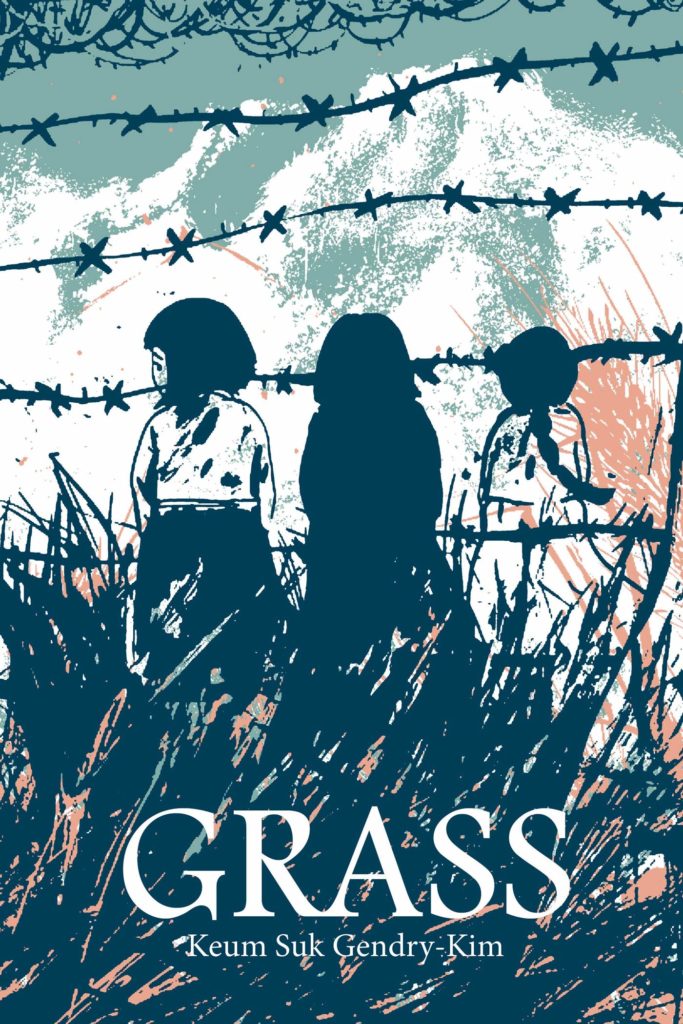
David mentions that there is a hardcore right-wing anti-Korean manga that was released in 2015 that touched on the issue of comfort women, you can google it if you want, there’s a wiki, but it’s all pretty gross and racist so I’m just gonna nope out on linking it.
…and that brings us to the end of this episode!
Thanks so much for listening and reading along!
You can find Saint Young Men and many of the other books mentioned above at a comic shop near you, via comicshoplocator.com. Thanks again to D.A.D.S. for their musical accompaniment this week, and we’ll see you again next time! Take care!
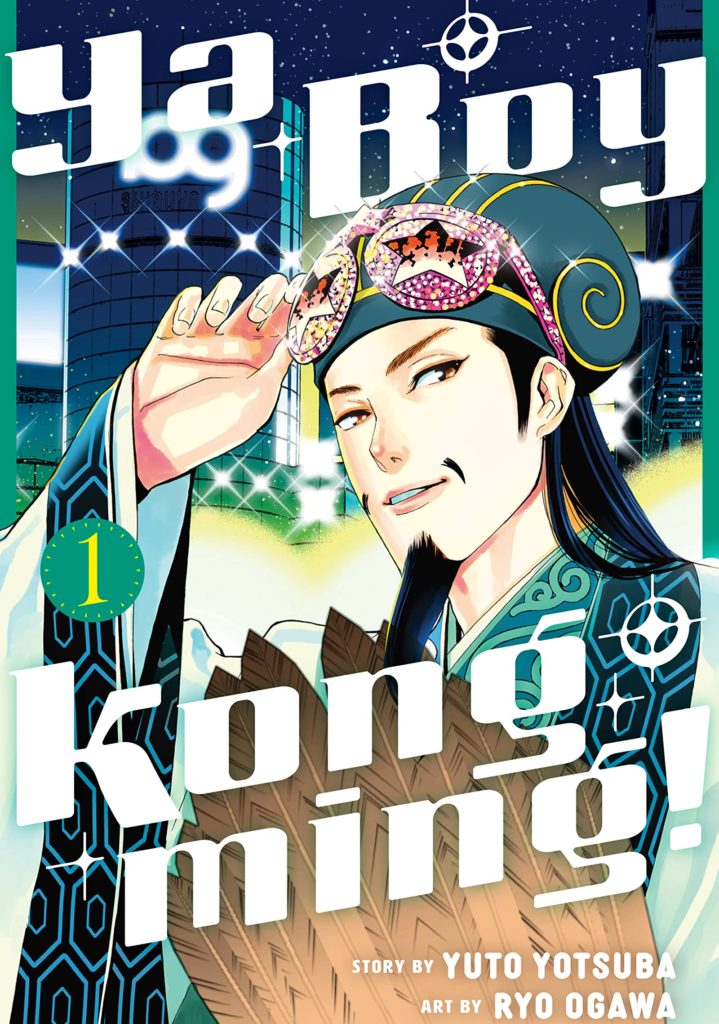
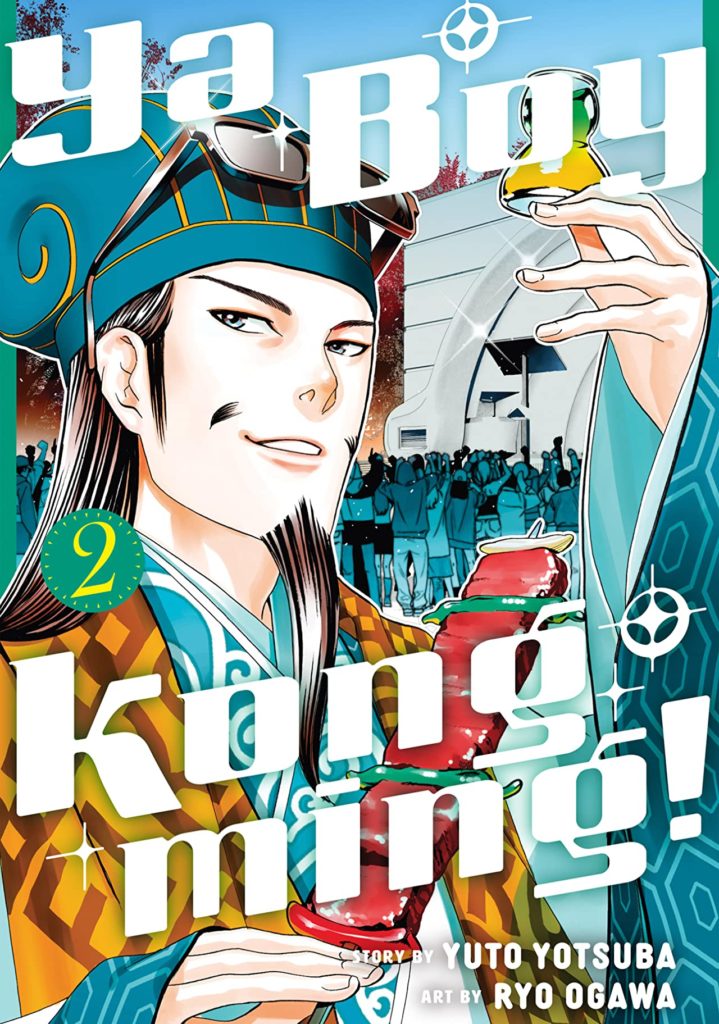
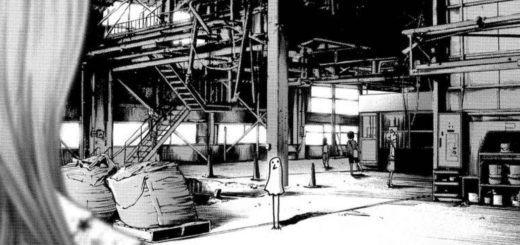
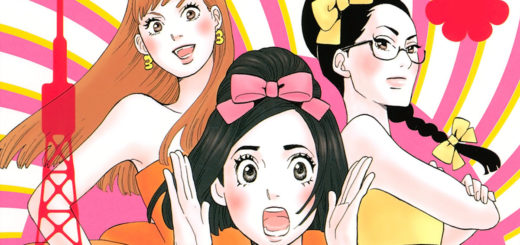
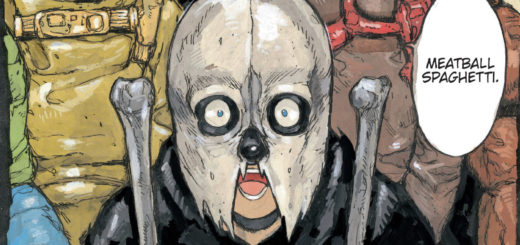
Just wanted to shout out a comic book by Mark Russell that plays on this same kind of premise. But instead of Jesus and Buddha, it’s Jesus and Superman (basically)
Jesus comes back down to live with Sunstar to learn how to use his own powers more “forcefully.” Sunstar has to deal with Jesus being Jesus and being super confused by modern Christianity.
The writing is really fun and who wouldn’t want to see more of a chill Jesus.
I heard about this series and always wondered why it took so long to get licensed. It’s nice to learn that there’s an actual serious, contemplative reason provided by the author.
I didn’t know such big differences between digital and print editions could happen, let alone differences between various digital platforms. I’m glad you highlighted that. The lack of page numbers for the print edition sounds like a huge editorial fail though. I hope somebody at Kodansha is taking note.
Ah, there’s Chip’s reaction to the Monthly Girls’ Nozaki-kun anime that I was waiting for. I’m a little sad but I totally get where he’s coming from. It’s true that anime voices can be very exaggerative, for male characters yes but especially for female characters I think, and even more so in a comedy anime. It’s understandable that somebody who doesn’t watch a lot of anime might feel the way he does.
Thank you for taking my question about the Scholastic Book Club. I really appreciate that Christopher reached out to the person in charge back then. I was very impressed to hear a direct quote from him about the books and the edits.
And I’m also glad Deb followed up with a question about Shaman King‘s edits. I took a look at Kodansha’s preview of chapter 1 and all the Japanese sound effects are there. So to answer the question, it seems like they are publishing an unedited version. But I noticed something else that’s odd.
Kodansha’s book has some different art compared to the original Japanese tankobon. Here’s an example comparing a page from chapter 1 (look at the necklace in panel 1, and the heads in panel 2 & 3). I thought the new art was only found in Japan’s 27-volume updated kanzenban edition. The original tankobon edition was 35 volumes. But Kodansha’s volume 1 has the same number of chapters as the Japanese tankobon volume 1, which I guess means they’re publishing the tankobon edition. But I have no explanation for why Kodansha is able to include the new art if they’re not publishing the kanzenban edition.
Regarding Deb’s comment about Tokyo Revengers, I’m not familiar with the manga but I do know that the anime does show the manji symbol in its Japanese airing. But—the version provided to Crunchyroll for non-Asian audiences does not contain any manji. (I don’t know about the version released on Youtube for South and Southeast Asia by Muse Communication.) Also, a live-action movie adaptation premiered in Japan recently and from what I’ve seen in the trailers, there are no manji in that either.
Hopefully somebody who knows more about Shaman King and Tokyo Revengers listens to this episode and offers their insight.
For what it’s worth, page numbers are generally included in translated editions of manga whenever there’s room for them in the corners (which is also “whenever the Japanese edition includes them”). In the case of SYM, basically every page’s art goes directly to the edge, so there was no place to put them without landing on artwork. I suppose the numbers in the notes could have been left out since they didn’t refer to any printed information, but honestly I’m just used to always leaving in the page numbers for notes (most series have at least a handful of pages that are numbered) and never considered not doing so. (the table of contents also lists the page number each chapter starts on, which again I guess is useless info…)
I understand challenges like that, but there were a few pages with space for page numbers, or even things like the chapter title pages could have had them incorporated in some way. Not a dealbreaker obviously, we liked it, but it was pretty frustrating.
Enjoying this episode. This particular title was interesting to me as my BA is in Religious Studies which I followed up with an MA in Theology at Pacific School of Religion, which is part of the Graduate Theological Union in Berkeley. It was good to hear what you thought about the religious humor.
I have a tourist guide map to manga locations in Tachikawa which I picked up in 2011 at a tourism office in Tokyo. They devote a full page to locations in Saint Young Men.
PS I think it is a safe bet that this title is popular with seminary students.
I do love when locations used in manga embrace that success. Very cool.
2023 listener from Mexico here! I’ve been meaning to comment on previous episodes, but I think this one caught my eye the most because of the censorship talk. There’s a running joke among 20-30 year olds about how the anime we saw on public TV in the 90s was not censored AT ALL, so we got all the anime in its original form, just dubbed. Which for some things is cool, but sometimes one does wonder if maybe some adult discretion was warranted there. I think overall we enjoy having had access to these shows, at a time when manga in Spanish was virtually non-existant, or published in such a way it was difficult to acquire.
I think the example I have the most present is Card Captor Sakura, since watching the USA anime opening for it was…… a jarring experience, to say the least. Where did all the cherry blossoms go??? CCS was a HUGE success here, and it was one of the few manga to get published before publisher Panini took over some years ago and expanded the catalogue. It was published by a now defunct publishing house, sold at corner shops, and published one chapter at a time, which, if managing stock and buying tankobons is a nightmare, I cannot imagine how difficult it was to buy every single individual chapter back then. I have one of them and, funnily enough, I remember reading it left to right. I had never in my life read manga before, and though I knew comics existed, the 90s superhero aesthetic (muscles!!!! veins!!!!) was not something an 8 year old girl wants to see, thank you very much.
It introduced me to the world of manga, and has kept me reading until now, 20 years later. One of the things I appreciate the most about it was how there were/are so many stories by female authors. At a time where most comics were superheroes written by men, I think manga felt super fresh and relevant to me, even if I wasn’t aware of the gender bias that existed back then, a bias which I now understand better because I ended up becoming a comics author, even after swearing in 8th grade that it was Too Much Work (I was right).
When I got to the end of the CCS issue, after reading left to right, not understanding a single thing and wondering if this was some sort of weird art form I wasn’t fully getting, the instructions for reading right to left were there. On the first page. Which I didn’t know was the first page because the instructions were on what was, to me, the last page. So I had to read it again!
Fun stuff about those people getting into publishing manga for the first time, I suppose. I think there was never any intentions of flipping it, since money has always been tight, which is also something that surprised me when you talked about Akira and other manga being flipped for their US releases. Here in Mexico all manga is published as-is (we kinda take pride in having taken in stride the whole right-to-left reading). I think the one book I own that is flipped and also in Spanish is Jiro Taniguchi’s The Solitary Gourmet by Spanish publisher Astiberri. I was SHOCKED. I even went and looked for some original pages to compare how it was edited, and honestly it seems to me like extra work that just makes the original look worse. But as you have said, it depends on who it is intended for, and as far as I know, this publisher doesn’t usually print manga, so I guess they wanted to keep appealing to their readers and what they are used to.
I’ve been listening to you guys for the last couple months while working on the final art for my second graphic novel, and it’s really cool to listen to your opinions and recommendations. I might have spent more money than I should getting some of the manga you recommend (the Panorama Island edition is SO BIG).
It’s also really cool to see a creator like Chip react and comment on these works. I read Sex Criminals and loved it. There’s a bit in one of the extra content where Chip said “I have people who help me with the flats, and if I have a child, I will tell them to hire someone to do flats for them” which, for some reason, lives rent free in my mind. (I do have someone who does my flats for me.)
Anyways. I guess I just wanted to say thank you for the time and work you put into this amazing podcast! And share a bit of how it is over here, because it’s neat that we get to like the same things but in different ways, isn’t it? I have Seen The Future where you DO publish some manga (one of my comic author friends is a huge fan of Taiyo Matsumoto and he’s very envious), and I’m excited to go through the rest of the episodes! <3
(So sorry for the long rant ;;)